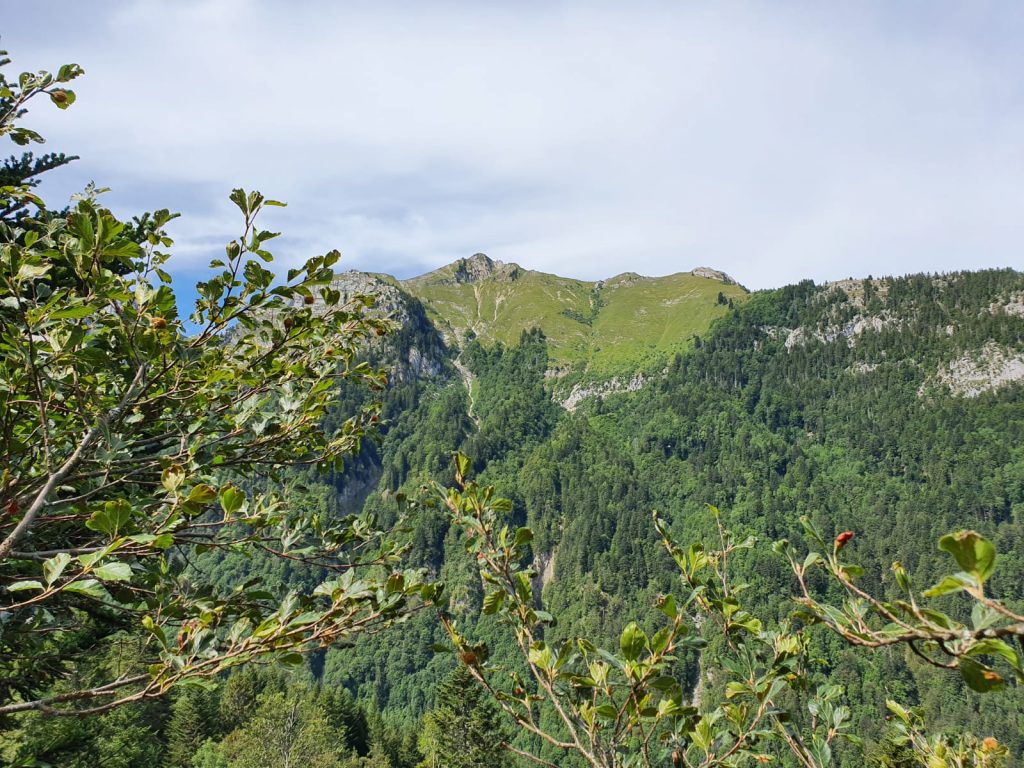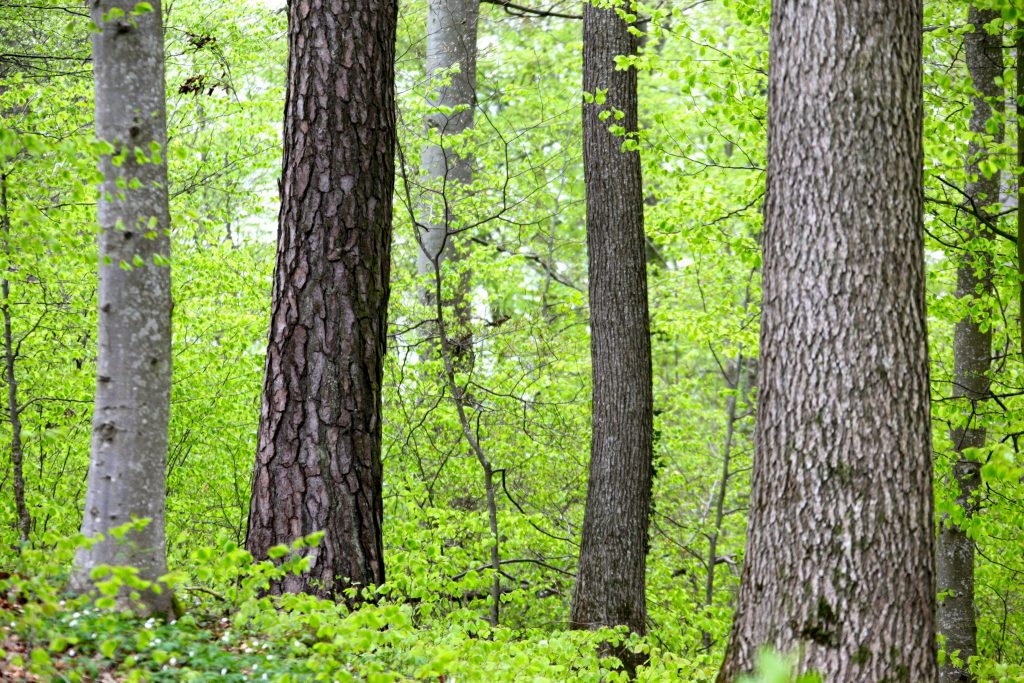Our goal is to determine how the energy transition affects the vulnerability of forest and grassland ecosystems.

We use a dual approach to assess the impact of nitrogen deposition on forest growth and tree and grassland vulnerability to climate variability. The long-term Forest Ecosystem Research (LWF) program, consisting of 19 permanent forest monitoring sites with regular measurements since 1994, is used. We compile long-term changes in forest biomass production, shifts in soil N cycling, and forest growth sensitivity to recent N depositions. In a second step, a 15N labeling approach is used in a manipulative experiment under controlled conditions to determine how N allocation in above vs. belowground plant compartments are affected by varying N depositions. This approach will allow us to understand how N allocation shifts due to changed N deposition predispose vegetation to physiological constraints during extreme events.

More specifically, in February 2024 we started an experiment to compile information about how temperature increase, and drought affect the N cycle and N partitioning in Swiss grasslands. We are considering soil, the microbial community, belowground biomass and aboveground biomass. We are using a pot setting in Polytunnels with soil collected in 2 two Swiss representative grasslands with two managements strategies, intensive and extensive. We chose 6 different species containing 2 grasses, 2 forbs and 2 N-fixers. Our experiment will be subset in 4 blocs, being control, drought (-50 soil water content), heat (+5º ambient conditions) and drought+heat. With this experiment we aim to disentangle the potential variations of the N cycle in Swiss grasslands under likely climate change scenarios of heat and drought.
For more information contact Helena Vallicrosa.